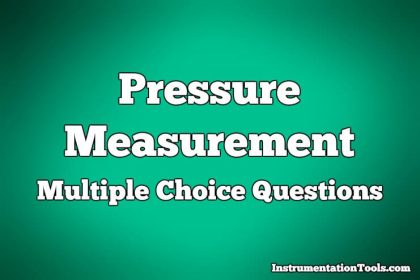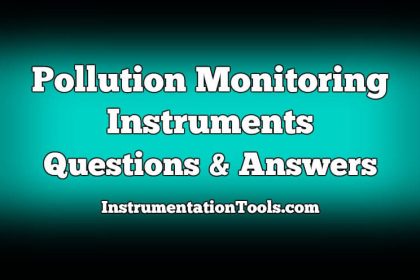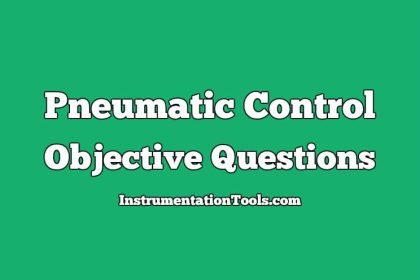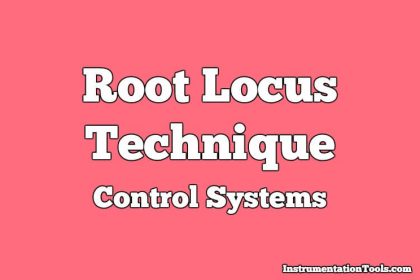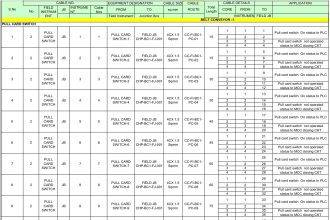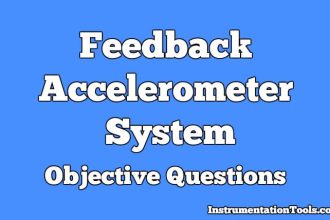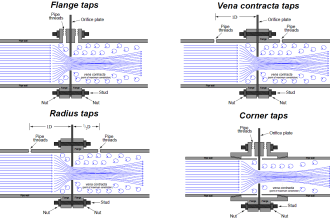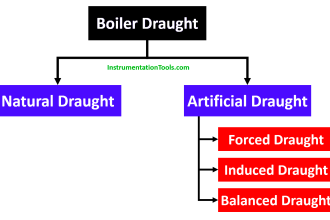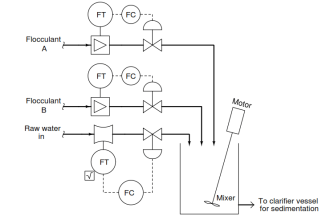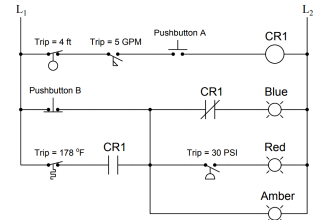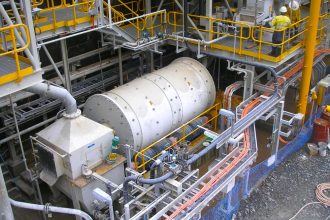State Models for Linear Continuous Time Systems
1. Consider the following servomotors:
1. AC-two phase servomotor
2. DC servomotor
3. Hydraulic servomotor
4. Pneumatic servomotor
The correct sequence of these servomotor in increasing order of power handling capacity is:
a) 2,4,3,1
b) 4,2,3,1
c) 2,4,1,3
d) 4,2,1,3
Answer: c
Explanation: Power handling capacity is the capacity of the system where the system can handle very high power and among the given is maximum DC servomotor.
2. Open loop transfer function of a system having one zero with a positive real value is called.
a) Zero phase function
b) Negative phase function
c) Positive phase function
d) Non-minimum phase function
Answer: d
Explanation: Non-minimum phase system has zero lying on the right half but not pole and combination of the all pass and minimum phase system can be non-minimum phase system.
3. Assertion (A): The stator winding of a control transformer has higher impedance per phase
Reason (R): The rotor of control transformer is cylindrical in shape.
a) Both A and R are true and R is correct explanation of A
b) Both A and R are true and R is not correct Explanation of A
c) A is True and R is false
d) A is False and R is true
Answer: b
Explanation: The control transformer has two parts as stator which is stationary having higher impedance and rotor which was rotatory was cylindrical in shape.
4. Assertion (A): In a shunt regulator, the control element is connected in shunt with the load to achieve constant output voltage.
Reason (R): The impedance of the control element varies to keep the total current flowing through the load and the control element constant.
a) Both A and R are true and R is correct explanation of A
b) Both A and R are true and R is not correct Explanation of A
c) A is True and R is false
d) A is False and R is true
Answer: c
Explanation: Shunt regulator refers to the winding connected in shunt or parallel and to achieve constant output voltage.
5. Assertion (A): In the error detector configuration using a synchro transmitter and synchro control transformer, the latter is connected to the error amplifier.
Reason (R): Synchro control transformer has almost a uniform reluctance path between the rotor and the stator.
a) Both A and R are true and R is correct explanation of A
b) Both A and R are true and R is not correct Explanation of A
c) A is True and R is false
d) A is False and R is true
Answer: c
Explanation: Synchro control transformer is amplifier that is used to amplify the error and synchro transmitter is used to detect error.
6. A tachometer is used as an inner loop in a position control servo-system. What is the effect of feedback on the gain of the sub-loop incorporating tachometer and in the effective time constant of the system?
a) Both are reduced
b) Gain is reduced but the time constant is increased
c) Gain is increased but the time constant is reduced
d) Both are increased
Answer: a
Explanation: Tachometer is the device that is used to control the speed of motor in the control system and Feedback and effective time constant of the system both are reduced on the gain of the sub-loop.
7. If the initial conditions are inherently zero, what does it physically mean?
a) The system is at rest but stores energy
b) The system is working but does not store energy
c) The system is at rests or no energy is stored in any of its parts
d) The system is working with zero reference input
Answer: c
Explanation: A system with zero initial condition is said to be at rest since there is no stored energy.
8. In case of DC servomotor the back-emf is equivalent to an “electric friction” which tends to :
a) Improve stability of the motor
b) Slowly decrease stability of the motor
c) Vary rapidly decrease stability of the motor
d) Have no effect on stability
Answer: a
Explanation: Back emf is the voltage that is generated in absence of the input and in case of DC servomotor tends to improve the stability of the motor.
9. Consider the following statements for the pneumatic and hydraulic systems:
1. The normal operating pressure of pneumatic control is very much higher than that of hydraulic control.
2. In, pneumatic control external leakage is permissible to a certain extent, but there should no leakage in a hydraulic control.
Which of the statements given above is/are correct?
a) 1 only
b) 2 only
c) Both 1 and 2
d) Neither 1 and 2
Answer: c
Explanation: Operating pressure of pneumatic as the control,action is mainly to control the flow of air is more and also no leakage is permitted in hydraulic systems.
10. The transfer function of a LTI system is given as 1/(s+1). What is the steady-state value of the unit-impulse response?
a) 0
b) 1
c) 2
d) Infinite
Answer: a
Explanation: Steady state value is the final value and it is calculated from the final vale theorem and final value theorem is applicable for the stable systems only.

